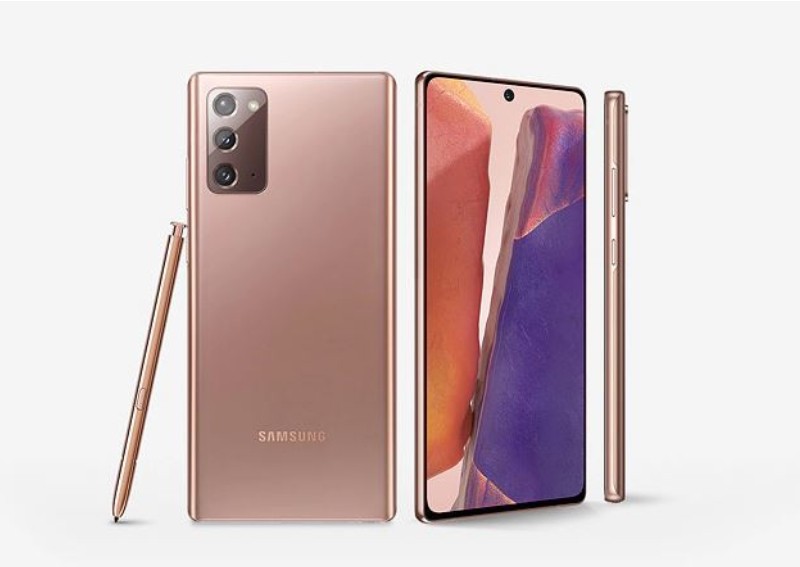Samsung Galaxy Note 20 and Note 20 Ultra impressions: How do they handle?


Prior to the Samsung Unpacked Aug 2020 live stream, we had the opportunity to preview the Galaxy Note 20 and Note 20 Ultra devices at their headquarters.
In case you missed it, we have a short video that documented the phones with a little help from Samsung:
In essence, we know what the Galaxy Note 20 and Note 20 Ultra sought to offer in terms of work and play, based on their improvements and new features announced during the live stream .
Outside of a full review, that would leave us with trying out the device on-the-spot. Here are our first impressions at hand.
[embed]https://youtu.be/nU3YrbpteHw[/embed]
While superficial, there are two things important to the Galaxy Note 20 series.
The first would be its general handling experience, where we find out whether the Textured Haze finish does anything for the phones (the live-stream claimed that it helped reduced smudges without neglecting on its premium aesthetics).
Second is the handling of the S Pen, which is likely more important to the users of the Galaxy Note series as the stylus is a defining feature of these phones.
To recap, Mystic Bronze is the flagship colourway for both the Galaxy Note 20 and Galaxy Note 20 Ultra. Our collective experience with phone colours would tell us that it's uncommon for the device to bear the colour mentioned on its sticker label strictly.
In the case of Mystic Bronze on both devices, your environment's lighting and ambience play a huge role in the colourisation - it ranges anywhere from copper to a subtle pinkish hue.
As evident from the demo session, we used a ring light and typical office lighting to illuminate the room, and this helped to bring out the full gamut of Mystic Bronze.
Specific to the 'regular' Galaxy Note 20 are two other colours - Mystic Gray and Mystic Green.
Mystic Grey has a blue tint in its base colour, while Mystic Green was a cross between teal and leaf green. You don't have to take our word for it - the first few seconds of our hands-on preview would tell you as much.
For the Galaxy Note 20 Ultra, additional colours are Mystic Black and Mystic White.
Mystic Black resembles your typical smartphone device, while Mystic White had a mild marble-like appearance, likely due to Samsung's use of glass to reinforce the rear.
The regular Note 20 uses reinforced polycarbonate, which is a fancy term for plastic polymers.
Because of the glass rear, the Note 20 Ultra devices are less resistant to fingerprint smudges than the Note 20 variants, which was expected.
A Textured Haze look may do a lot in making it look premium, similar to the older design language in some Sony Xperia flagship phones.
It, however, has little bearing on the smears and smudges - the rear finish had a bigger role in that.
The Galaxy Note 20 Ultra has a 6.9-inch Quad HD+ (3,088 x 1,440 pixels resolution) Dynamic AMOLED 2X Infinity-O display.
It delivers a 120Hz refresh rate and 240Hz touch sampling rate for heightened responsiveness during use. Besides its vibrant quality, what was of greater interest was the S Pen experience on such a panel.
Again, if you saw the hands-on preview video, there are montages of scrolling and navigating using the S Pen. If you thought it looked responsive and smooth, that's because it is.
Of course, we can't easily peg the stylus fluidity to the lowered 9ms latency, the phone's improved writing software, or the 240Hz touch sampling rate, unless we're superhuman.
What we can tell you instead, is if you bought a Galaxy Note for the sake of using a stylus on your phone, the Galaxy Note 20 Ultra is pleasing, and will likely meet your needs.
If you want to know how the Galaxy Note 20 series phones fare against the competitive smartphone landscape, that will have to come after we'd put it through the gamut of tests in our full review, which will come soon.
This article was first published in Hardware Zone.